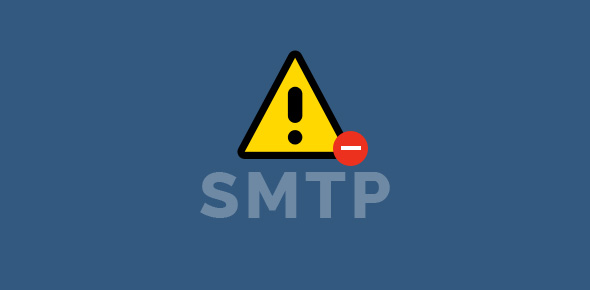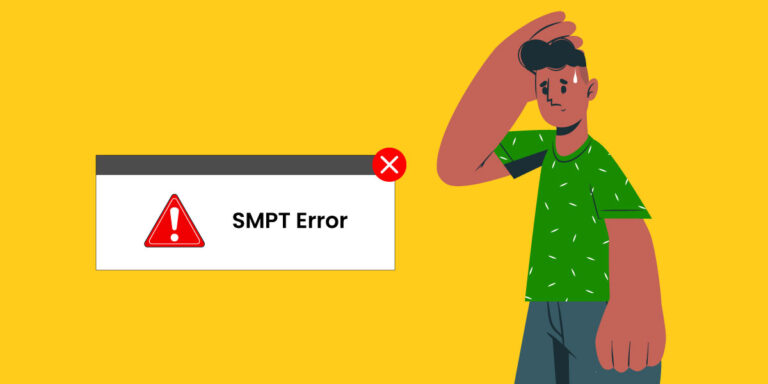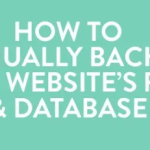SMTP authentication (SMTP AUTH) failure in hosting can occur due to various reasons, and troubleshooting the issue involves identifying the root cause. Here are common reasons for SMTP AUTH failures and potential solutions:

SMTP authentication failed Error – Reasons for SMTP AUTH Failure:
- Incorrect Credentials:
- Reason: The most common cause is incorrect login credentials, including the username or password.
- Solution: Double-check the username and password to ensure they are accurate. Consider resetting the password if necessary.
- Account Lockout:
- Reason: Multiple unsuccessful login attempts may lead to an account lockout.
- Solution: Check if the account is locked out and, if necessary, unlock it. Consider strengthening account security measures.
- SMTP Server Configuration Issues:
- Reason: Incorrect SMTP authentication failed Error server settings or misconfigurations can lead to authentication failures.
- Solution: Verify the SMTP server configuration, including server address, port, and encryption settings. Ensure that the server information matches the hosting provider’s recommendations.

- Firewall or Security Software Interference:
- Reason: Firewalls or security software may block the connection, causing authentication failures.
- Solution: Check firewall settings and security software configurations. Ensure that the necessary ports for SMTP are open and that security software is not blocking the connection.
- SSL/TLS Certificate Issues:
- Reason: SSL/TLS certificate-related problems can cause authentication issues, especially if there are certificate mismatches.
- Solution: Verify the SSL/TLS certificate configuration. Ensure that the certificate is valid, matches the server’s hostname, and is properly installed.
- IP Blacklisting:
- Reason: The IP address of the server or client may be blacklisted, preventing successful authentication.
- Solution: Check if the IP address is blacklisted by email security services. If blacklisted, take necessary actions to remove the IP from blacklists.
- SMTP Authentication Protocol Mismatch:
- Reason: Incorrect authentication protocols (e.g., PLAIN, LOGIN, CRAM-MD5) may lead to failures if not supported or configured correctly.
- Solution: Ensure that the email client and server support the same authentication protocols. Adjust the client settings if necessary.
- Network Issues:
- Reason: Network problems, such as connectivity issues or DNS resolution failures, can impact authentication.
- Solution: Verify network connectivity, DNS resolution, and ensure that the server can communicate with the SMTP server.
- You might have entered the wrong email credentials.
- In most cases, the Email address and Username should be the same.
- Use the same password that you use while logging into your email inbox.
10. You might have the wrong settings.
- Confirm your SMTP server address, TLS Port number, or SSL Port number with your email service provider and use the correct SMTP settings
11.Your email account has multi-factor authentication enabled:
SMTP connection can’t be established If you have turned on the 2-factor authentication for your email account so you either need to turn it off or generate an app password for your email account. That app password can be used in your SalesHandy account to connect the email account via method. Many email providers allow users to generate an app-specific password and every email service provider has different methods of creating app passwords. Please follow the SMTP authentication failed Error below articles to know the steps of generating app passwords (Application-Specific Passwords) as per your email provider. Please note that you need to use the generated password while connecting your email account with SalesHandy.
Troubleshooting Steps:
- Check Email Client Settings:
- Verify that the email client settings, including the SMTP server, port, and authentication method, are correct.
- Review Server Logs:
- Examine server logs for any error messages or indications of authentication failures. Server logs often provide valuable information about the root cause.
- Test SMTP Connectivity:
- Use tools like Telnet to test connectivity manually. This can help identify issues with the server’s response.
- Verify DNS Configuration:
- Ensure that DNS records, including MX and PTR records, are correctly configured for the domain.
- Contact Hosting Provider Support:
- If troubleshooting steps do not resolve the issue, reach out to the hosting provider’s support for assistance. They can provide insights specific to their hosting environment.
- Consider SMTP Authentication Protocols:
- Depending on the server and client, try using different authentication protocols to see if one works more reliably.
Table of Contents
By systematically addressing these potential issues, you can identify and resolve the SMTP AUTH failure in your hosting environment. It’s essential to consider the specific hosting setup and configuration in order to tailor the solutions accordingly.



